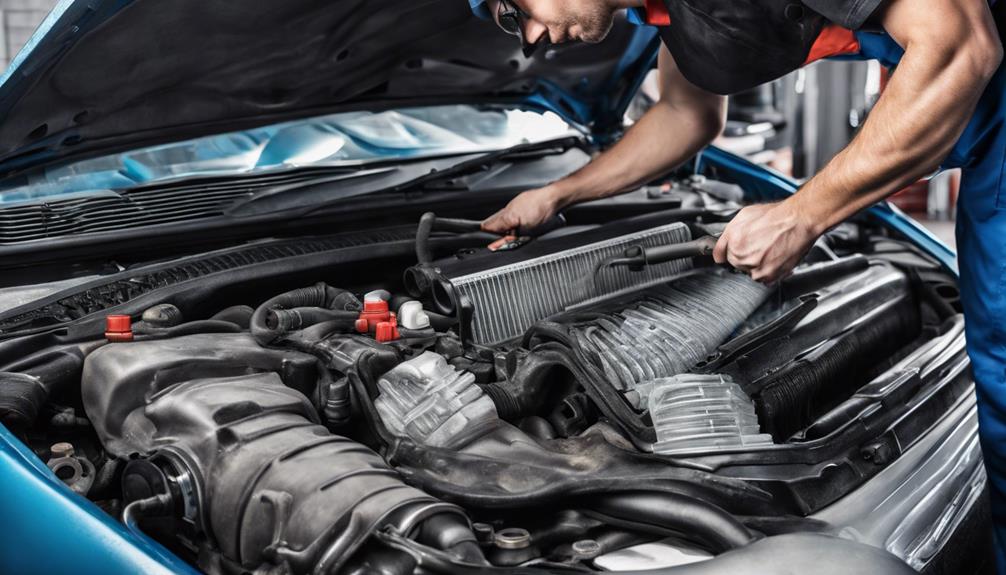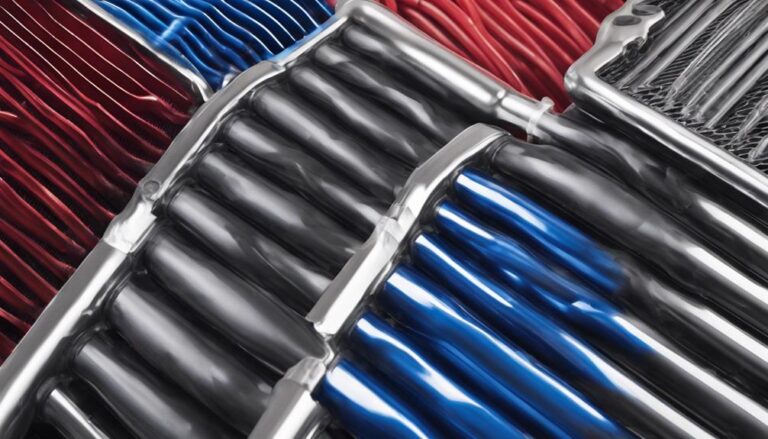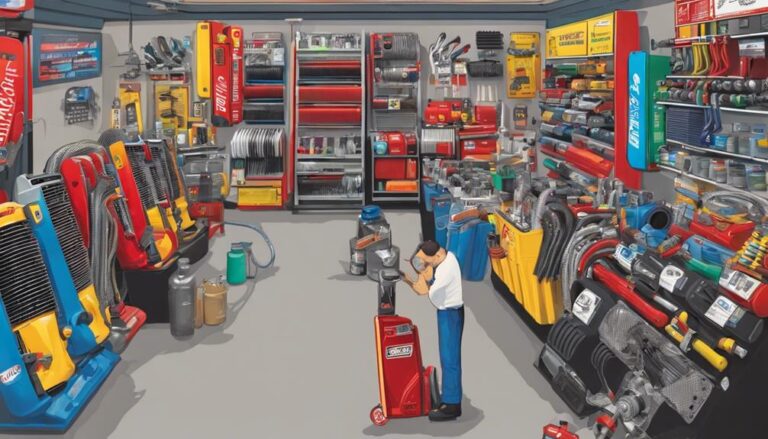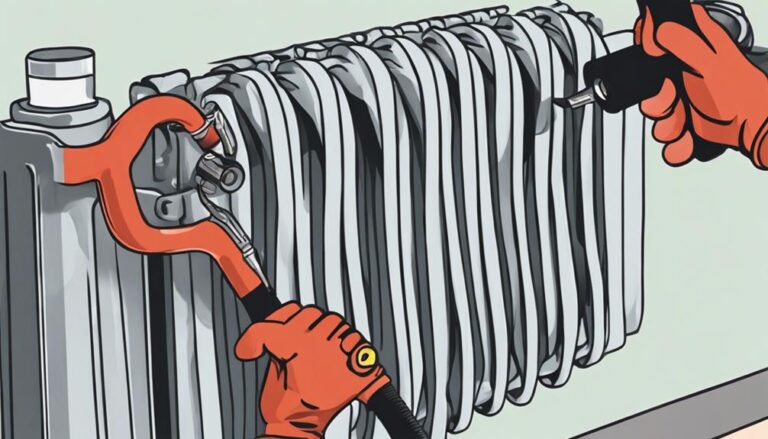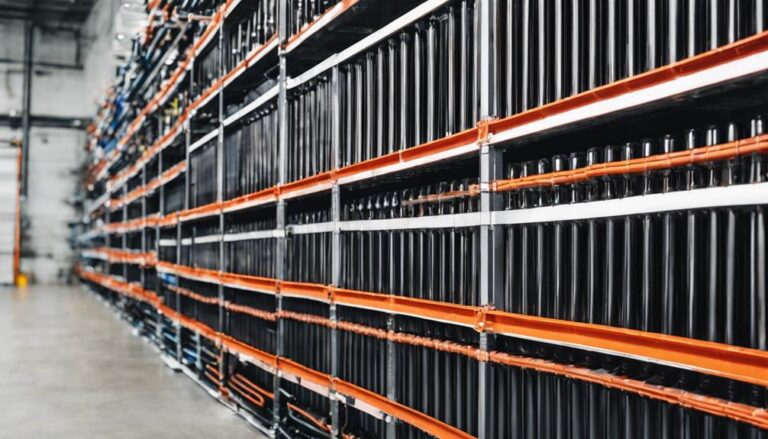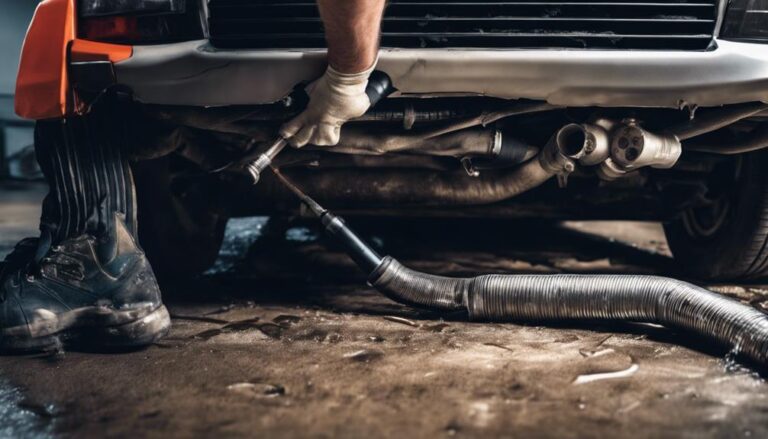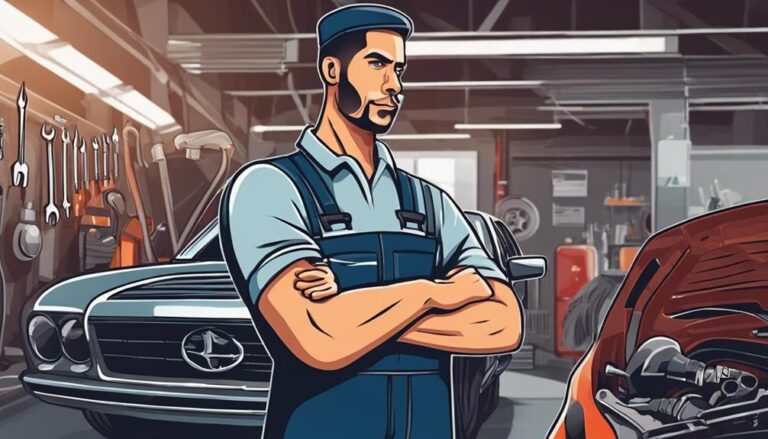Top Radiator and Hose Replacement Services for Cars
Wondering how important top radiator and hose replacement services are for your car's performance and longevity?
Consider this: a failing radiator hose can lead to catastrophic engine overheating. But what if you could prevent this headache before it happens?
Stay tuned to discover the key indicators that your car might need a radiator or hose replacement and why timely maintenance is the key to keeping your engine running smoothly.
Key Takeaways
- Optimal replacement every 60,000 miles or 4 years prevents engine overheating incidents.
- Selecting appropriate hoses ensures efficient cooling and prevents leaks or bursts.
- Professional services offer expertise, specialized tools, and thorough diagnosis for precision and efficiency.
- Regular radiator maintenance ensures peak engine performance, prevents costly repairs, and improves fuel efficiency.
Factors Influencing Radiator Hose Replacement
When considering radiator hose replacement, the make and model of your car greatly impact the overall costs involved. Different cars have varying layouts, affecting the accessibility of the radiator hoses. In some vehicles, the hoses are easily reachable, located at the top of the engine, while in others, they may connect to the bottom of the radiator, making replacement more complex. The type and quality of the hoses chosen also play a significant role in determining the replacement cost. Opting for durable, well-maintained radiator hoses can prevent issues that could cause engine overheating.
Selecting the appropriate hoses for your car's radiator is important to ensure efficient cooling system operation. Neglecting to replace worn-out hoses can lead to leaks, cracks, or bursts, jeopardizing the engine's health. It's advisable to proactively replace radiator hoses around the 60,000-mile mark or after four years of use to maintain a reliable cooling system and prevent potential overheating incidents.
Signs of Radiator Hose Problems
If you notice coolant leaks under your vehicle or experience engine overheating, these could be indicators of potential radiator hose problems. Coolant leaks are often a result of deteriorating radiator hoses, which can lead to a loss of coolant and impact the cooling system's efficiency. Engine overheating is another sign that your radiator hoses may be failing, as they play an important role in circulating coolant to regulate the engine's temperature. Additionally, if you find yourself needing to refill coolant frequently due to low levels, it may suggest underlying hose issues that need attention.
To avoid such cooling system issues, it's recommended to have your radiator hoses replaced every 4 years or 50,000-75,000 miles as part of preventative maintenance. Timely radiator hose replacement can help prevent more significant problems and guarantee the proper functioning of your vehicle's cooling system. If you suspect radiator hose problems based on these signs, seeking professional radiator hose replacement services is advisable to address the issue effectively.
DIY Vs. Professional Radiator Services
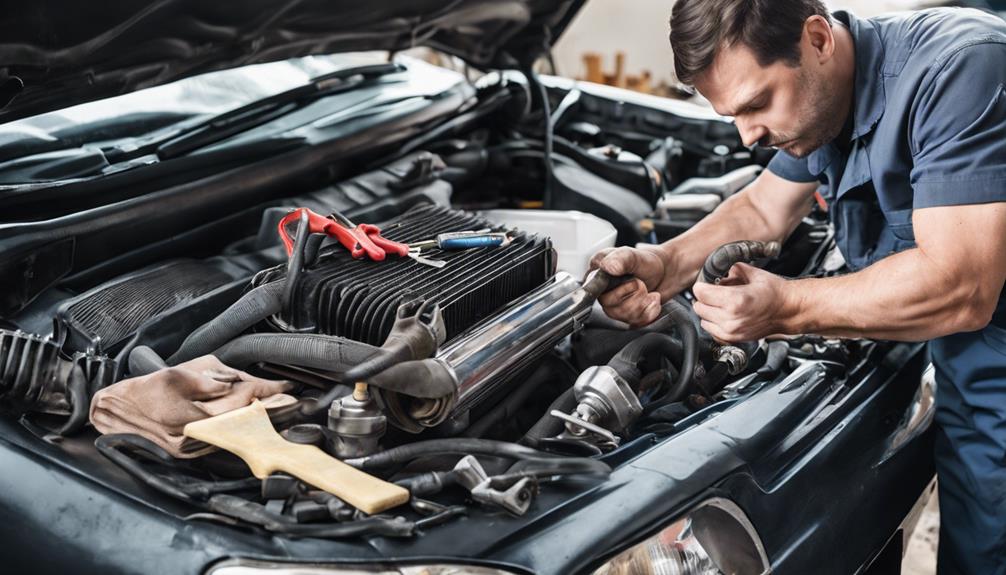
Considering the complexities involved, why is opting for professional radiator services often recommended over attempting a DIY approach? When it comes to your vehicle's radiator and cooling system, the precision required for tasks like replacing a radiator or addressing issues with coolant cycles is essential. Here are four reasons why professional radiator services are preferred:
- Expertise: Skilled technicians possess the knowledge and experience to handle various radiator problems efficiently.
- Proper Tools: Professionals have access to specialized tools necessary for accurate radiator services, ensuring the job is done right.
- Prevention of Damage: Mistakes during DIY attempts can lead to coolant leaks or other damages, whereas professionals guarantee a safe and secure radiator replacement.
- Thorough Diagnosis: Professional services, like those offered at Mock Tire, involve thorough inspections to identify underlying issues beyond just the visible symptoms, ensuring a complete resolution for your vehicle's radiator concerns.
Importance of Regular Radiator Maintenance
Regular radiator maintenance plays a crucial role in ensuring peak engine performance and preventing costly repairs. The cooling system in vehicles relies on the radiator to dissipate heat generated during engine operation. By maintaining the radiator, which includes checking coolant levels, inspecting for leaks, and ensuring proper functioning of the water pump, you contribute to the efficient cooling of the engine.
Neglecting radiator maintenance can lead to overheating, causing damage to the engine components and potentially resulting in breakdowns. Routine checks on the lower radiator hose and other cooling system parts are essential to avoid issues such as leaks or blockages that can impede the cooling process.
Services performed during regular maintenance help in early detection of potential problems, ensuring peak heating and cooling performance, improving fuel efficiency, and prolonging the lifespan of the radiator and related components. Stay ahead of costly repairs by prioritizing timely radiator maintenance.
Common Radiator Hose FAQs
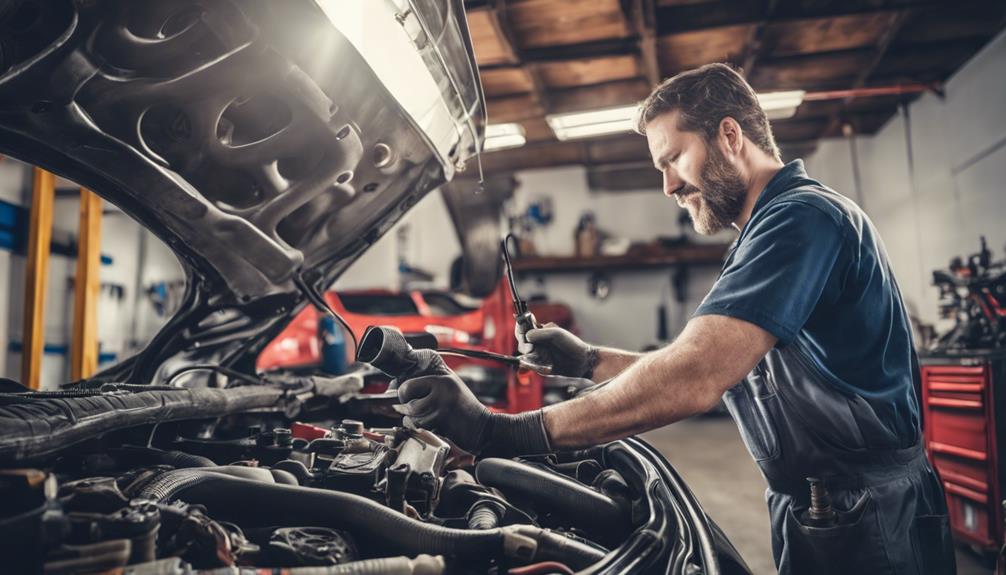
Guarantee peak performance and longevity of your vehicle's cooling system by addressing common Radiator Hose FAQs.
- What are the signs that my vehicle's radiator hoses need replacement?
- Look for coolant leaking under the vehicle, engine overheating, or low coolant levels as indicators that your radiator hoses may need replacement.
- How often should radiator hoses be replaced in vehicles?
- It's recommended to replace radiator hoses every 4 years or between 50,000 to 75,000 miles to avoid issues like leaks and overheating.
- Why is radiator hose replacement vital for a vehicle's cooling system?
- Radiator hose replacement is essential to maintain proper circulation in the cooling system, preventing engine damage due to overheating.
- How to determine the proper radiator hoses for trucks and other vehicles?
- Consult your vehicle's manual or seek advice from a professional to determine the correct radiator hoses needed for your specific vehicle to ensure peak performance and longevity.
Frequently Asked Questions
How Much Does It Cost to Replace Upper and Lower Radiator Hoses?
Replacing upper and lower radiator hoses can cost between $150 to $300, covering parts and labor. Factors like car model, hose accessibility, and quality influence costs. Professional installation guarantees proper fitting, reducing leaks and damage risks.
What Is the Top Radiator Hose Called?
The top radiator hose is commonly referred to as the upper radiator hose. It's important for engine cooling. These hoses are usually made of durable rubber or silicone. Proper maintenance guarantees efficient coolant flow.
Is It Worth Replacing Radiator Hoses?
Replacing radiator hoses is worth it to prevent engine damage and breakdowns. Regular replacement offers long-term cost benefits by avoiding expensive repairs. Professional advice recommends changing hoses every 4 years or 50,000-75,000 miles for ideal engine performance.
Can You Replace Top Radiator Hose Without Draining?
You can replace the top radiator hose without draining, but draining is advised to avoid coolant leakage. Consider a professional's advice for quick, DIY tips on hose inspection. By using a no-drain method, you can efficiently complete the repair.
Conclusion
Refreshing, ensuring top radiator and hose replacement services for your car is like giving it a rejuvenating drink of cool water on a hot day. Just as a well-maintained cooling system keeps your engine running smoothly, a reliable auto center like Mock Tire & Automotive or Beroth Tire & Automotive can keep your vehicle in top shape.
Trusting professionals for regular maintenance will help prolong the life of your car and prevent costly repairs down the road.

